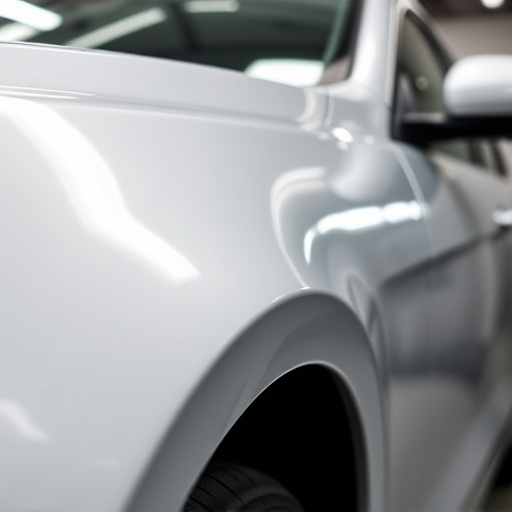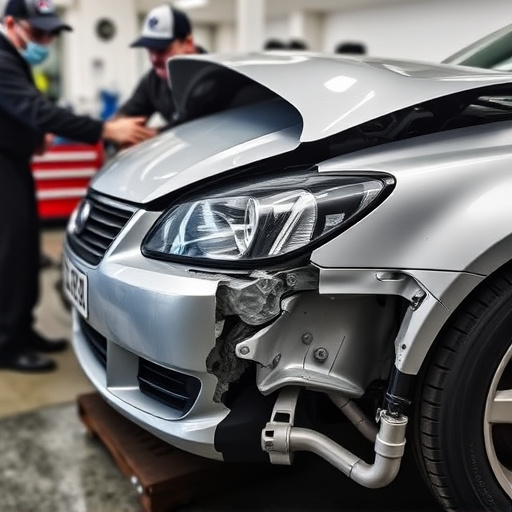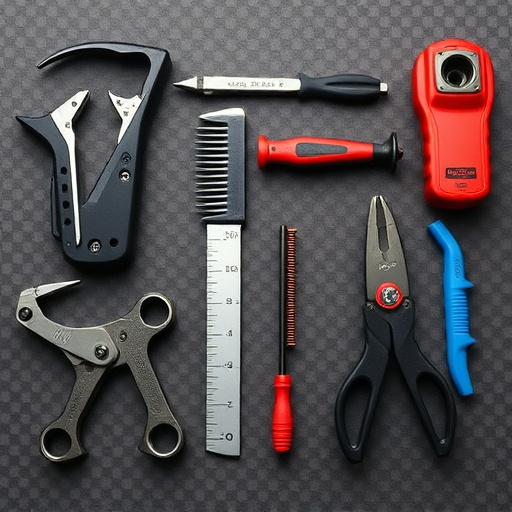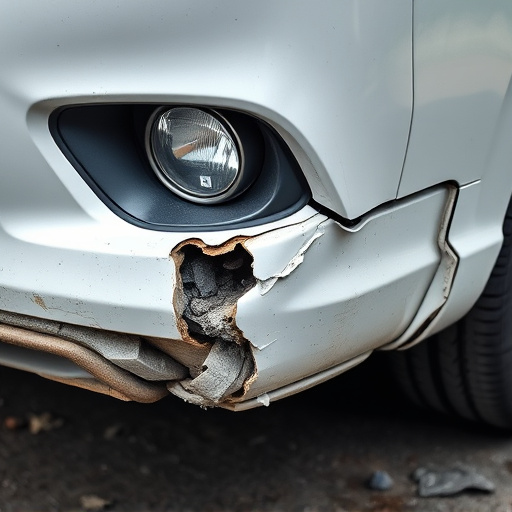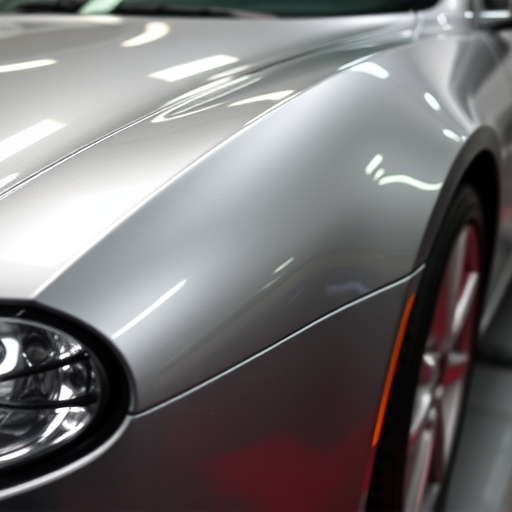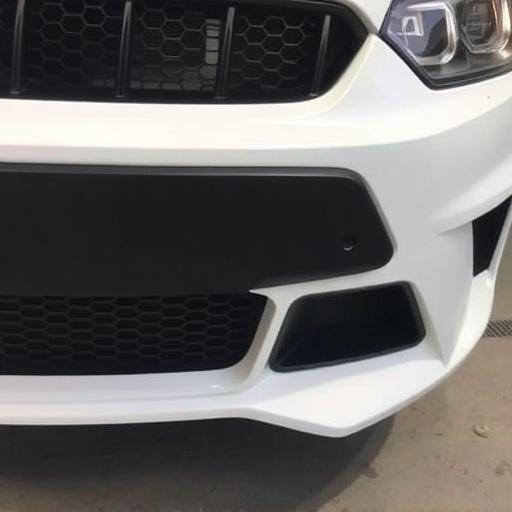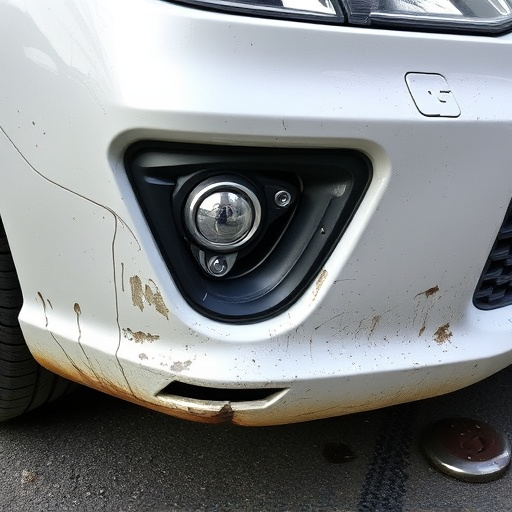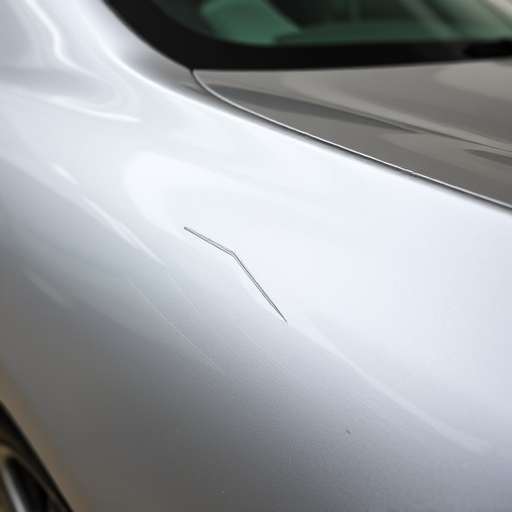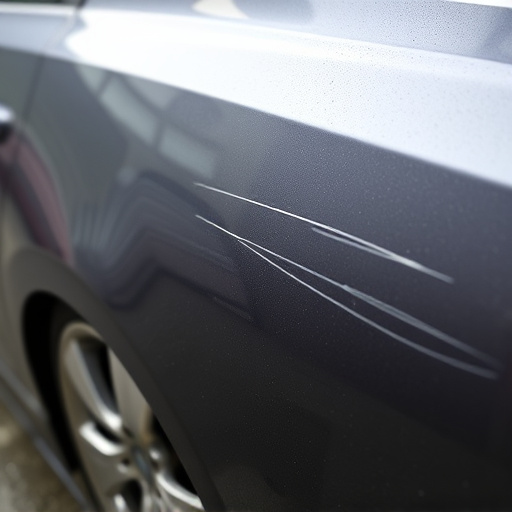Windshield calibration is a critical aspect of modern vehicle safety and maintenance. It ensures clear visibility, enhances driver awareness, and supports the accurate functioning of advanced safety systems. Regular calibration checks improve road safety, especially in adverse conditions, and contribute to high-quality auto body repairs. By maintaining precise windshields, drivers benefit from reduced accident risks, while repair shops gain efficient work processes, ultimately fostering a globally safer driving environment.
Windshield calibration is an often overlooked yet critical aspect of vehicle maintenance that directly impacts road safety. This routine service plays a pivotal role in enhancing driver awareness by ensuring optimal display accuracy for speed, navigation, and warning systems. By delving into the technical intricacies and real-world applications of windshield calibration, we uncover how accurate alignment improves safety features, ultimately reducing accidents and saving lives.
- The Impact of Windshield Calibration on Driver Awareness
- Technical Aspects: How Accurate Calibration Improves Safety Features
- Enhanced Road Safety: Real-World Examples and Benefits
The Impact of Windshield Calibration on Driver Awareness
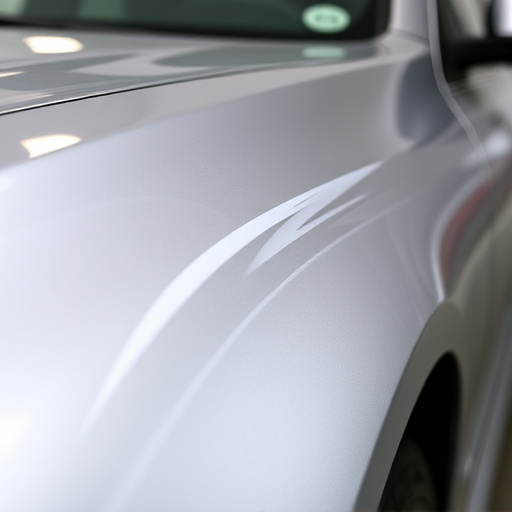
Windshield calibration plays a pivotal role in enhancing driver awareness and overall road safety. When windshields are accurately calibrated, they provide drivers with clear and distortion-free visibility, ensuring they can perceive their surroundings with precision. This is particularly crucial during critical maneuvers like lane changes, turns, or low-light conditions, where even the slightest distortion could lead to catastrophic accidents.
Accurate windshield calibration also extends the functionality of auto body services, as it allows for the proper alignment and repair of car bodywork. Fleet repair services can benefit significantly by incorporating regular windshield calibration checks into their maintenance routines, ensuring that drivers not only have optimal visibility but also maintaining the structural integrity of the vehicle’s body. This dual focus on safety and vehicle condition contributes to a more efficient and secure driving environment.
Technical Aspects: How Accurate Calibration Improves Safety Features
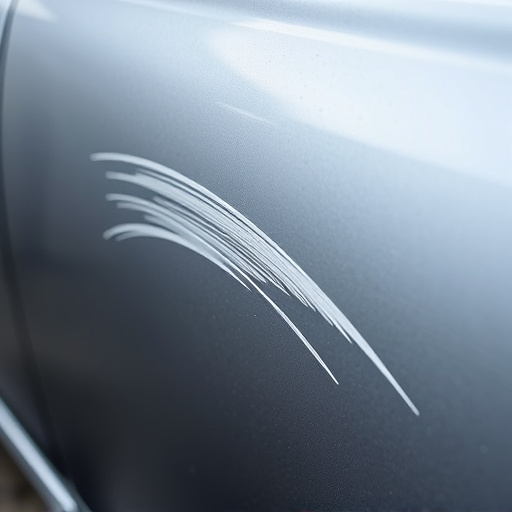
Accurate windshield calibration is a cornerstone of modern automotive safety systems. Modern vehicles are equipped with an array of sensors and cameras that rely on precise windshields to function optimally. Even the slightest deviation in calibration can lead to compromised performance of safety features like lane departure warnings, adaptive cruise control, and automatic emergency braking. When windshields are calibrated correctly, these systems can accurately detect and respond to road conditions, enhancing driver awareness and reducing the risk of accidents.
This process involves meticulously adjusting the positioning and alignment of the windshield to meet manufacturer specifications. It ensures that sensor data is consistent with the actual vehicle dynamics, enabling faster and more reliable activation of safety features. In the event of a collision or damage, professional windshields calibration also forms an integral part of collision repair services and auto body restoration, ensuring that safety systems operate as intended after repairs have been made.
Enhanced Road Safety: Real-World Examples and Benefits

Windshield calibration plays a pivotal role in enhancing road safety, offering tangible benefits that have been observed across various regions worldwide. In real-world scenarios, properly calibrated windshields significantly reduce accidents caused by distorted or misaligned visibility. For instance, in areas with diverse weather conditions, such as snowy mountainous regions, calibrated windshields ensure optimal clarity during driving, allowing drivers to navigate safely through hazardous terrain.
Moreover, the practice extends its advantages to automotive body shops and vehicle body repair centers. Calibrated windshields contribute to the overall quality of auto painting and vehicle restoration processes. By ensuring accurate alignment, these repairs result in better aesthetics and improved structural integrity, further adding to road safety for all users.
Windshield calibration is not just a technical tweak—it’s a vital step in enhancing road safety. By ensuring accurate measurements, routine calibration improves driver awareness and the performance of critical safety features like lane departure warning and adaptive cruise control. The benefits are clear from real-world examples, demonstrating that this simple yet powerful practice can significantly reduce accidents and save lives on our roads.



